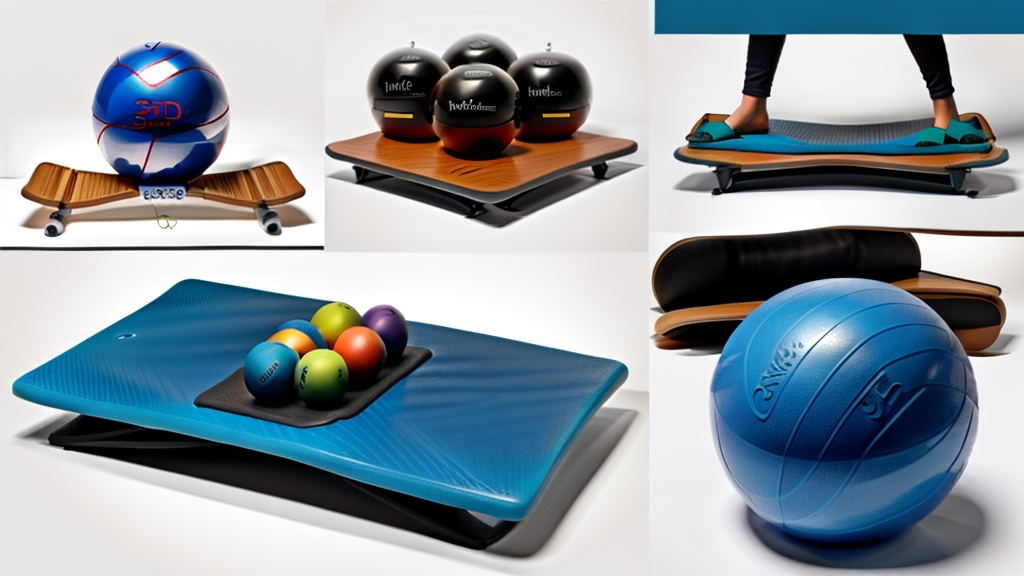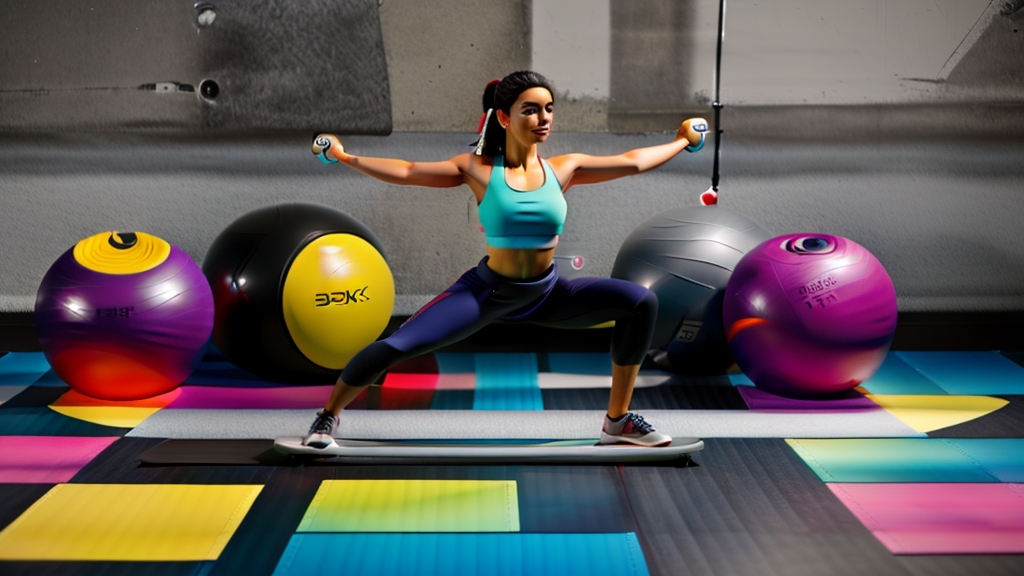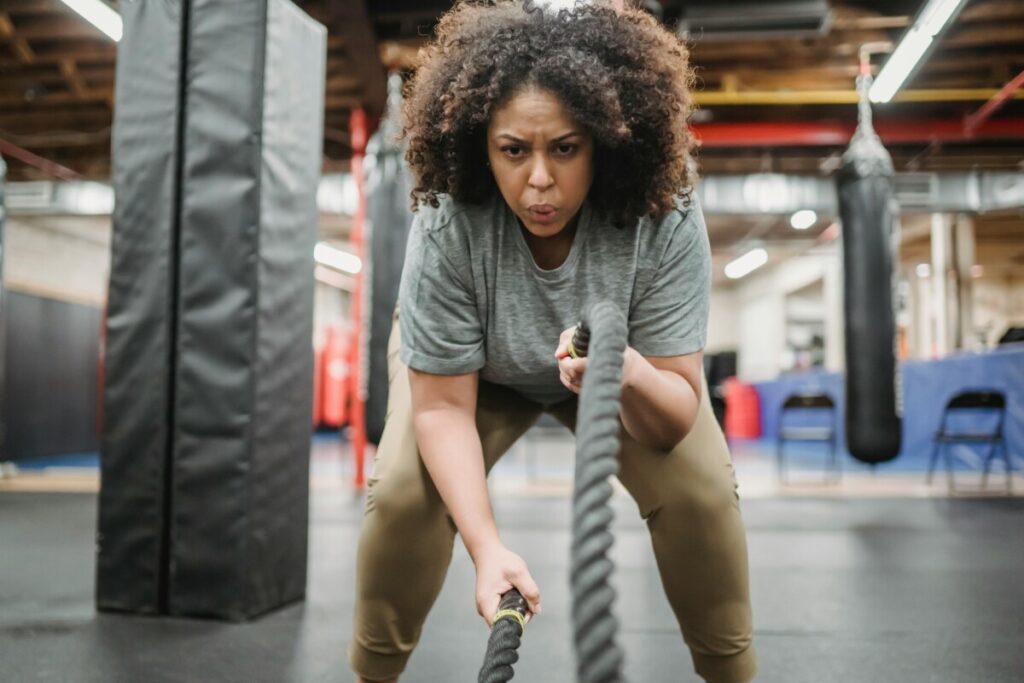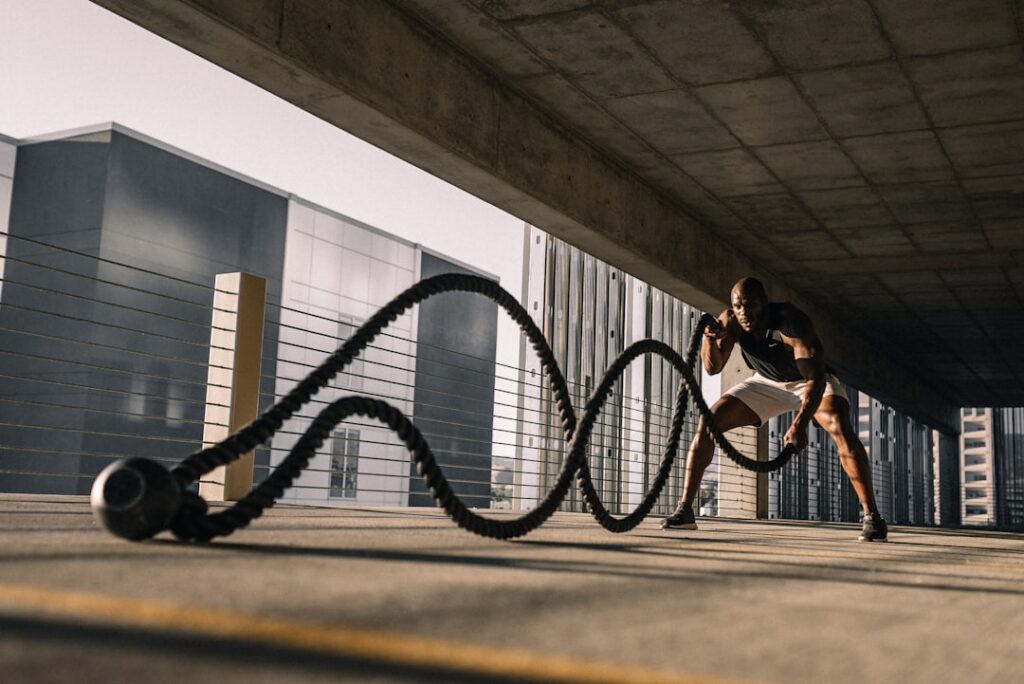Mastering Balance and Coordination

Welcome to today’s article, where I delve into the world of mastering balance and coordination to build stability and control. In this article, I’ll explore valuable insights and techniques that can help you enhance your physical abilities, regardless of your background or fitness level. Whether you are an athlete looking to improve your performance, a fitness enthusiast seeking to challenge yourself, or simply someone interested in understanding the importance of balance and coordination, this article is for you. My aim is to provide you with actionable tips that will empower you to take your stability and control to the next level. So, let’s dive in and discover the secrets to mastering balance and coordination together.
When it comes to physical fitness and overall performance, mastering balance and coordination is a crucial component. Whether you’re an athlete looking to improve your athletic abilities or an individual seeking better stability and control in your daily activities, focusing on balance and coordination can yield significant benefits.
What is balance and coordination?
Balance refers to the ability to maintain equilibrium while standing, walking, or performing dynamic movements. Coordination, on the other hand, involves the integration of multiple body parts and senses to produce smooth and controlled movements.
Importance of mastering balance and coordination
Injury prevention: By enhancing your balance and coordination, you can reduce the risk of falls and injuries. Improved stability allows you to navigate uneven surfaces and negotiate obstacles with ease.
Athletic performance: Balanced and coordinated movements are vital for athletes in sports such as gymnastics, dance, and martial arts. Mastering these skills can enhance agility, speed, and precision, leading to improved performance.
Functional movement: Better balance and coordination contribute to everyday activities such as walking, climbing stairs, and carrying objects. By developing stability and control, you can move more efficiently and with reduced strain on your muscles and joints.
Body awareness: Focusing on balance and coordination enhances your proprioception, which is the sense of your body’s position in space. This heightened body awareness can improve your overall motor skills and spatial orientation.
Incorporating exercises and activities targeting balance and coordination, such as yoga, Tai Chi, or specific training drills, can help you master these skills and reap the benefits they offer. By dedicating time and effort to balance and coordination training, you can improve your physical performance and enjoy an enhanced sense of control and stability in your daily life.
Understanding Balance
The science behind balance
Balancing is an essential skill that allows us to maintain stability and control in various activities, from walking to performing complex movements. It involves the coordination of our sensory systems, such as the vestibular system in our inner ear, as well as our visual and proprioceptive systems. The vestibular system plays a significant role in detecting changes in our body position and movement. It sends signals to our brain, which then adjusts our muscle movements to maintain balance. Our visual system helps us perceive our surroundings and make adjustments accordingly. Meanwhile, the proprioceptive system provides feedback about the position and movement of our body parts.
Factors that affect balance
Several factors can impact our balance, including age, health conditions, medications, and lifestyle. As we age, our balance naturally declines due to changes in muscle strength, joint flexibility, and sensory processing. Certain health conditions, such as inner ear disorders or neurological disorders, can also disrupt our balance. Additionally, medications that affect the central nervous system, such as sedatives or antidepressants, may impair our balance. An inactive lifestyle or lack of physical exercise can weaken our muscles and negatively impact our balance as well.
Exercises to improve balance
Fortunately, you can improve your balance through specific exercises. Some effective exercises include:
Standing on one leg: Try to balance on one leg for as long as possible. This exercise helps strengthen the muscles in your legs and core.
Tai Chi: This ancient Chinese practice incorporates slow, flowing movements that challenge balance and coordination.
Yoga: Yoga poses that focus on balance, such as tree pose or warrior III pose, can help improve stability and control.
By incorporating these exercises into your routine, you can enhance your balance, stability, and control, allowing you to navigate daily activities with confidence.
Developing Coordination

Definition and significance of coordination
Coordination is the ability to synchronize different parts of the body to perform a specific action or task effectively. It involves the integration of movements, muscles, and sensory feedback. Enhancing coordination skills can benefit individuals in many ways. It improves overall motor control, balance, and stability, enhancing performance in various activities, such as sports, dancing, and playing musical instruments. Additionally, coordination training can improve cognitive function, concentration, and reaction time.
Tips for enhancing coordination skills
Practice multitasking: Engage in activities that require you to use multiple body parts simultaneously, like juggling or playing video games.
Focus on body awareness: Develop a better understanding of how your body moves by practicing mindful activities like yoga or tai chi.
Challenge your balance: Incorporate balance exercises into your routine, such as standing on one leg or using a balance board.
Exercises to improve coordination
Jump rope: Jumping rope improves coordination and footwork while also providing a cardiovascular workout.
Agility ladder drills: Set up an agility ladder or create one using tape on the floor. Perform various footwork exercises to improve coordination and quickness.
Ball exercises: Practice throwing and catching a ball against a wall or with a partner to enhance hand-eye coordination.
By incorporating these tips and exercises into your routine, you can enhance your coordination skills and achieve better stability and control in your movements. Remember, consistency and practice are key to mastering coordination.
Building Stability
Building stability is crucial for maintaining control and balance in various physical activities such as sports, exercise, and even everyday movements. By improving stability, individuals can enhance their performance, reduce the risk of injuries, and maintain proper alignment.
What is stability and why is it important?
Stability refers to the ability to maintain control and balance during movement or when subjected to external forces. It involves the coordination and engagement of different muscle groups to keep the body steady and aligned.
Improving stability is important for several reasons:
Reducing the risk of injuries: When the body is stable, it is less prone to sudden shifts or awkward movements that can lead to injuries. Strong stability ensures that joints, ligaments, and muscles are properly supported and protected.
Enhancing performance: Stability plays a vital role in sports and physical activities. By improving stability, individuals can perform movements more efficiently, with better control, precision, and power.
Exercises to increase stability
There are various exercises that can help individuals improve stability:
Balance exercises: Standing on one leg, using a balance board, or performing yoga poses like tree pose can enhance overall stability.
Core strengthening exercises: Strengthening the core muscles, including the abdominal and back muscles, can improve postural stability. Exercises such as planks, bird-dogs, and deadlifts can be beneficial.
Proprioceptive training: Proprioceptive exercises focus on improving awareness and control of body position. This can include activities such as balance challenges on unstable surfaces or using tools like balance discs.
By incorporating stability-building exercises into your fitness routine, you can master balance and coordination, leading to improved control, enhanced performance, and reduced risk of injuries.
Conclusion
In conclusion, mastering balance and coordination is crucial for building stability and control in various aspects of your life. Whether it is in sports, daily activities, or even preventing falls as you age, developing these skills can greatly enhance your overall physical performance and well-being. By incorporating targeted exercises and training techniques into your fitness routines, you can improve your proprioception, spatial awareness, and muscle strength, which are all key elements in achieving optimal balance and coordination. From yoga and Pilates to specific balance-focused exercises, there are plenty of options available to help you enhance these skills. So let’s embrace the journey towards mastering balance and coordination, and reap the countless benefits it brings.
FAQ’s
Question 1: How can I enhance my everyday stability through better balance and coordination?
Answer: To improve your daily stability, focus on exercises that challenge your balance and coordination. Incorporate activities like yoga, tai chi, and balance board exercises into your routine. These exercises enhance your body’s ability to maintain equilibrium and improve stability for various daily tasks.
Question 2: What exercises and techniques are essential for mastering balance and coordination?
Answer: Mastering balance and coordination requires a mix of exercises and techniques. Start with basic balance exercises like standing on one leg or using a stability ball. Progress to more advanced exercises such as agility drills, proprioceptive training, and strength training. Additionally, yoga and Pilates can significantly enhance both balance and coordination.
Question 3: Does improved balance and coordination contribute to overall physical fitness?
Answer: Yes, improved balance and coordination are integral to overall physical fitness. When you have better balance and coordination, you can perform exercises and movements with greater precision and control. This not only reduces the risk of injury but also enhances your athletic performance and overall fitness level.
Question 4: Are there beginner-friendly balance and coordination training programs available?
Answer: Absolutely, there are beginner-friendly training programs designed to improve balance and coordination. Look for local fitness classes, and online tutorials, or consult a fitness professional to find a program that suits your fitness needs. These programs typically start with foundational exercises and gradually progress as your skills develop, making them ideal for beginners.
Thank you for reading today’s blog post.








